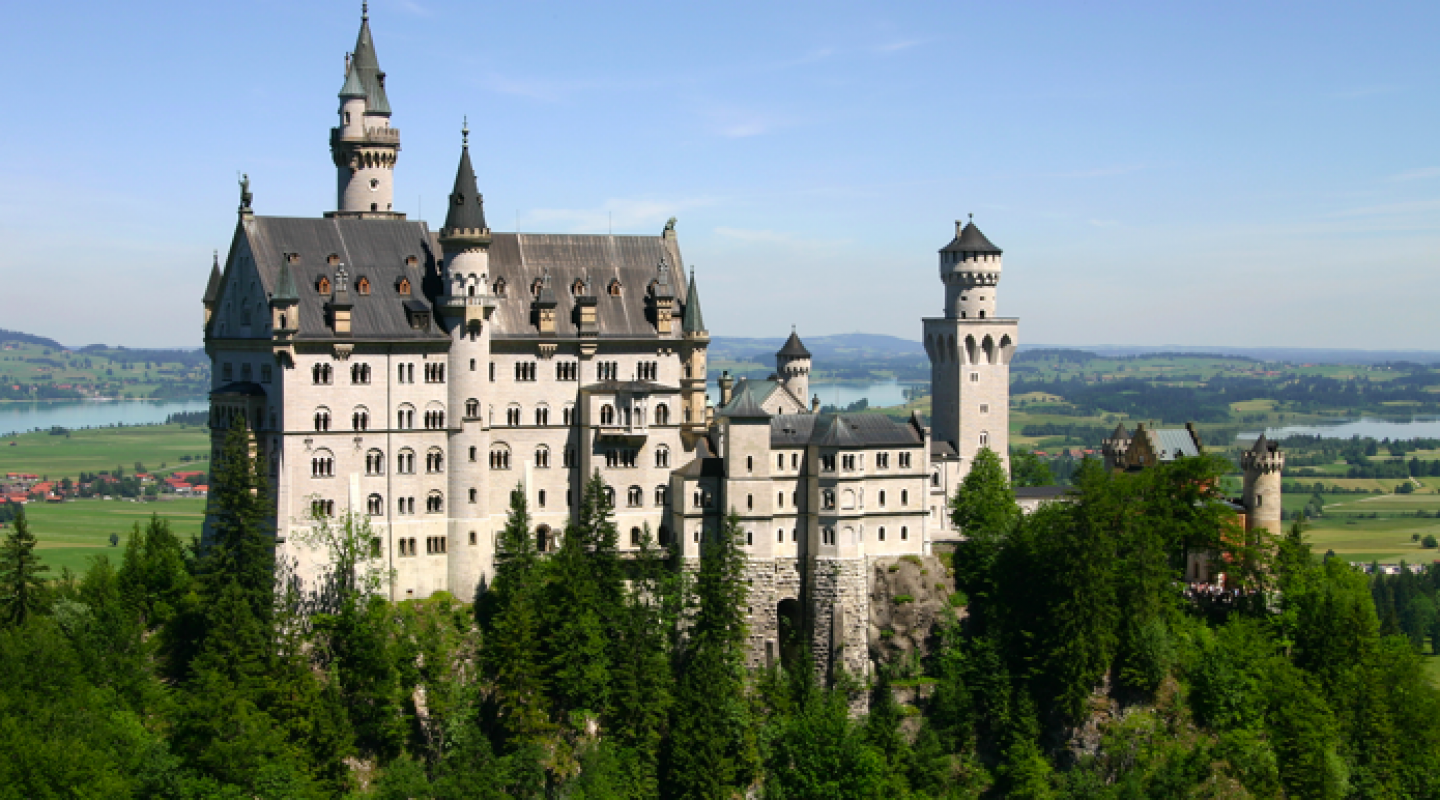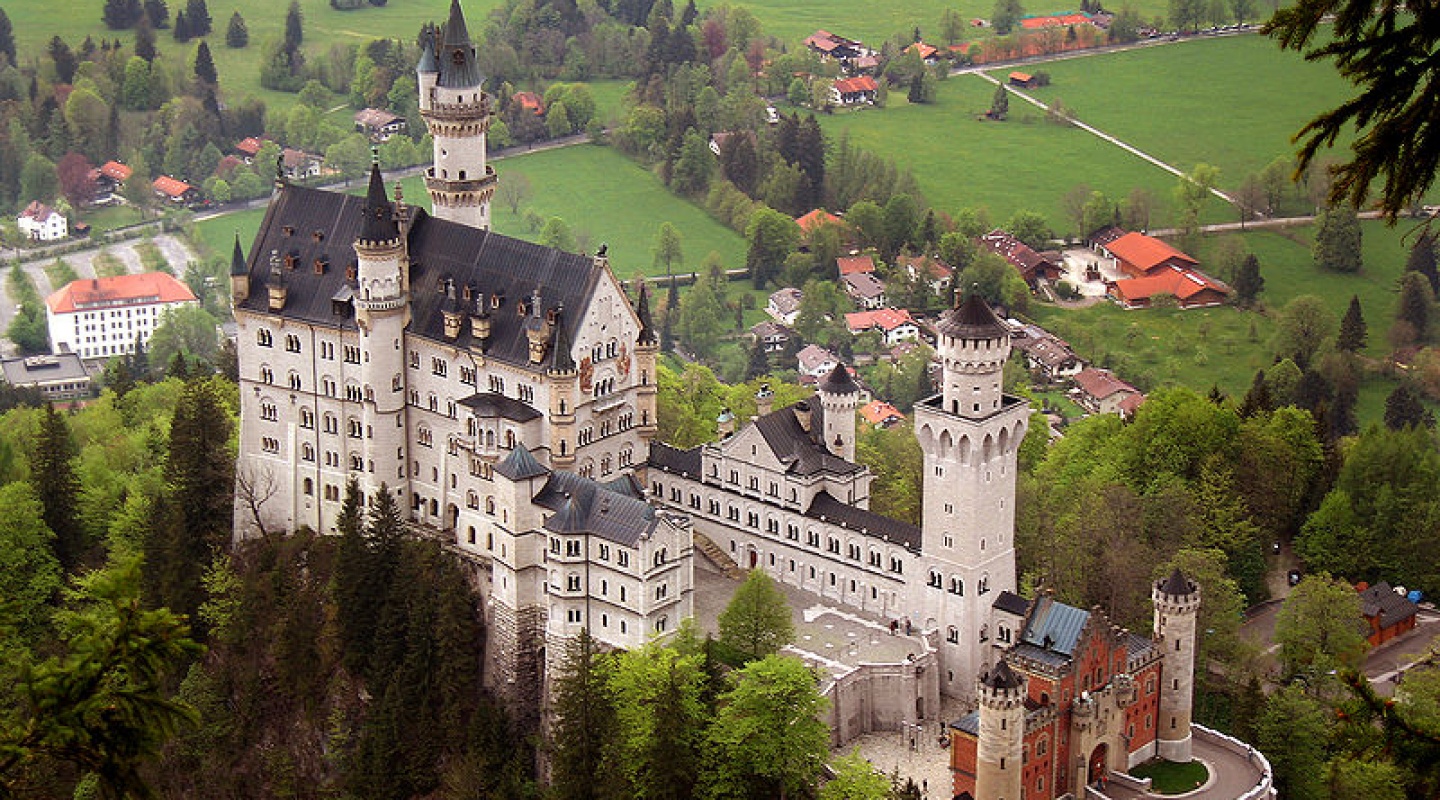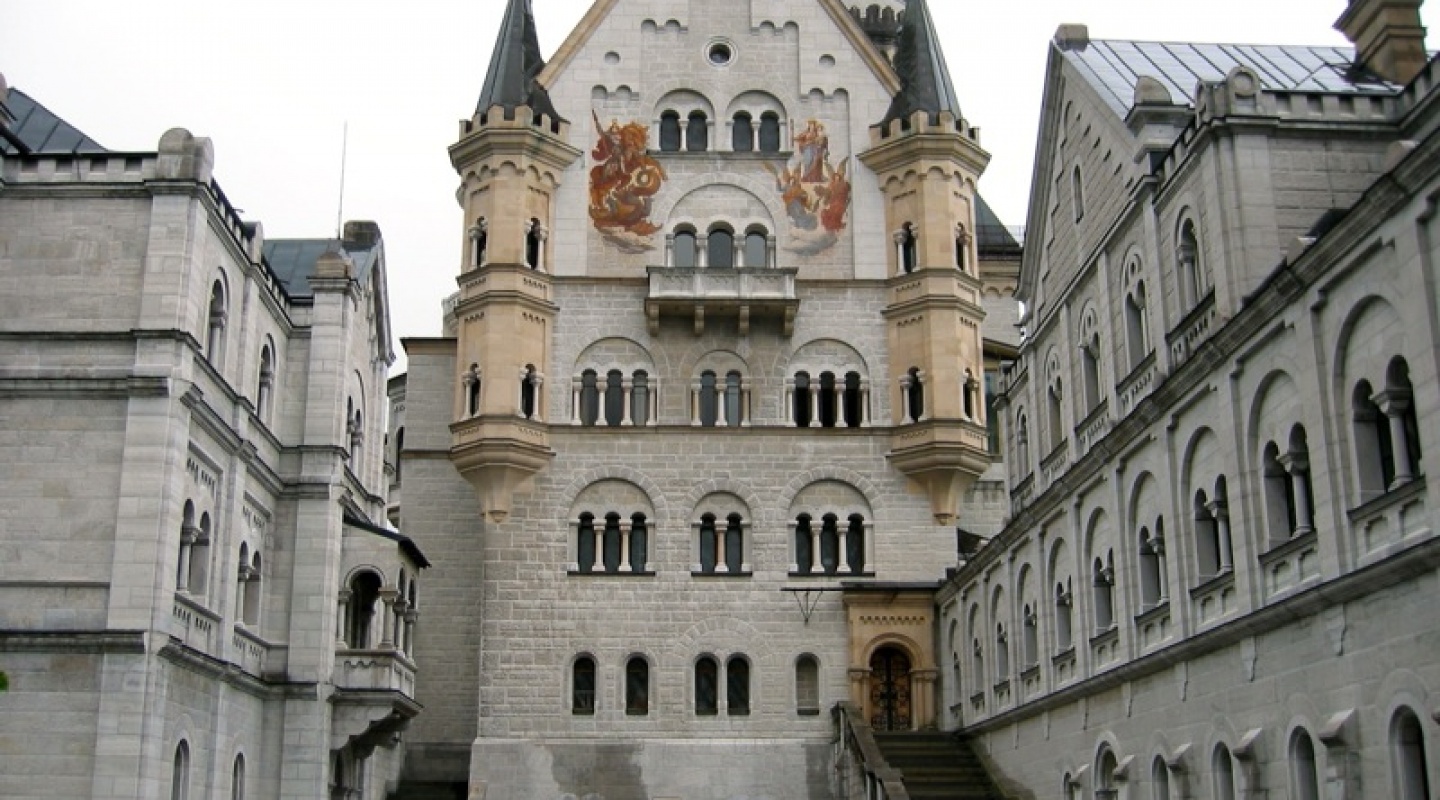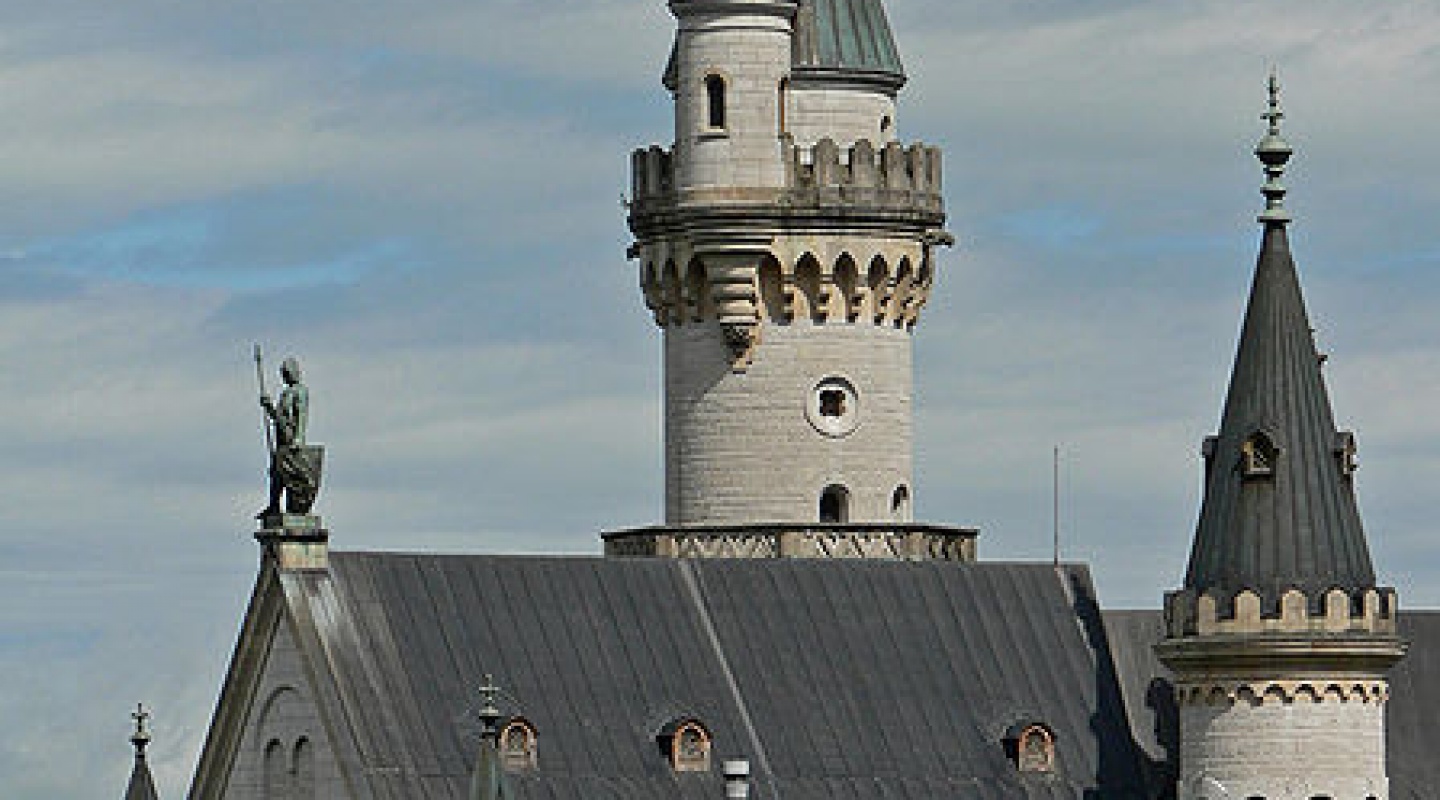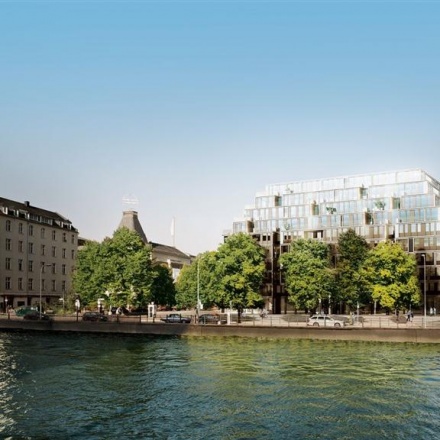Our blog showcasing the finest high-end residential and investment properties in the world.
Neuschwanstein Castle
Neuschwanstein Castle is a 19th-century neo-romanticist palace on a rugged hill above the village of Hohen- schwangau near Füssen in southwest Bavaria, Germany. The palace was commissioned by Ludwig II of Bavaria as a retreat and as an homage to Richard Wagner. The palace was intended as a personal refuge for the reclusive king, but it was opened to the paying public immediately after his death in 1886. Since then over 60 million people have visited Neuschwanstein Castle. More than 1.3 million people visit annually, with up to 6,000 per day in the summer. The palace has appeared prominently in several movies and was the inspiration for Disneyland's Sleeping Beauty Castle.
With its turrets and mock-medievalism, its interior styles ranging from Byzantine through Romanesque to Gothic its a real fairy-tale fantasy come true. It was built between 1869 and 1886. Only about a third of the building was actually completed. The 15 rooms you see on the tour show astonishing craftsmanship and richness of detail.Woodcarving in Ludwig's bedroom took 14 carpenters 4 1/2 years to complete. Wagner's operas feature everywhere in the form of murals. The best view of the castle and a 45m waterfall is from the nearby Mary's Bridge (Marienbruecke), which spans a deep gorge. On the path between this bridge and the castle is a wonderful view of Hohenschwangau and the Alpsee. King Ludwig II of Bavaria ordered to build this castle to express his idea of being a king. The planning was first made by the royal master-builder Eduard Riedel and as result a building was designed that was determined as a monumental Romanesque castle. The scene-painter Christian Jank made major contributions to the plans. The work started in 1869 with the tower house. The castle reveals its splendour to the visitors in the king's bedroom. The magnificence could be seen from the architecture to the frescos, paintings, carved works, mosaics and ornaments, furniture and decorations. Innumerable artists worked there: painters, sculptors, carvers, joiners, glass painters, art smiths, locksmiths, decorators, seamstresses and embroiderers. They created works from their own imagination with highest craft skill by using historical design.
